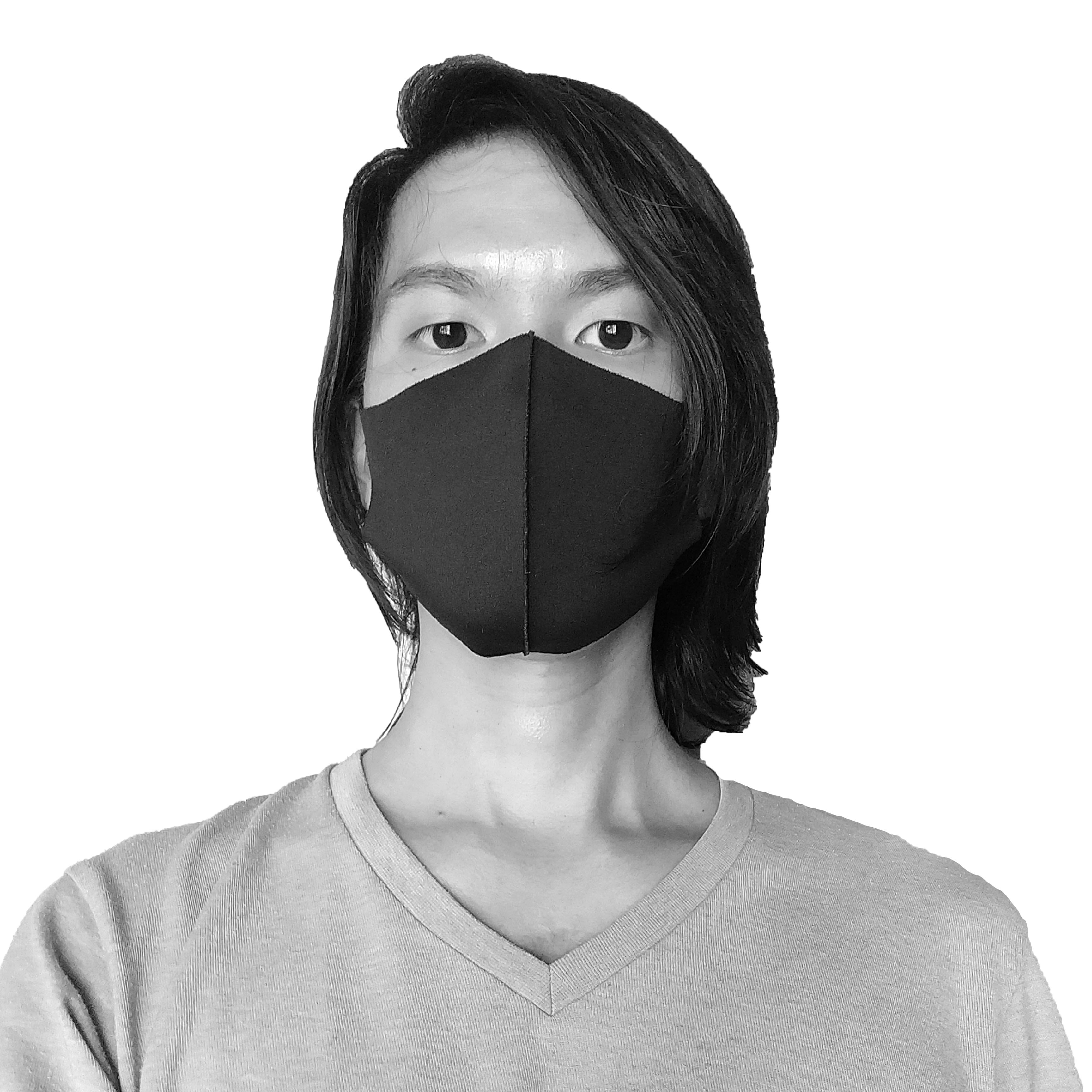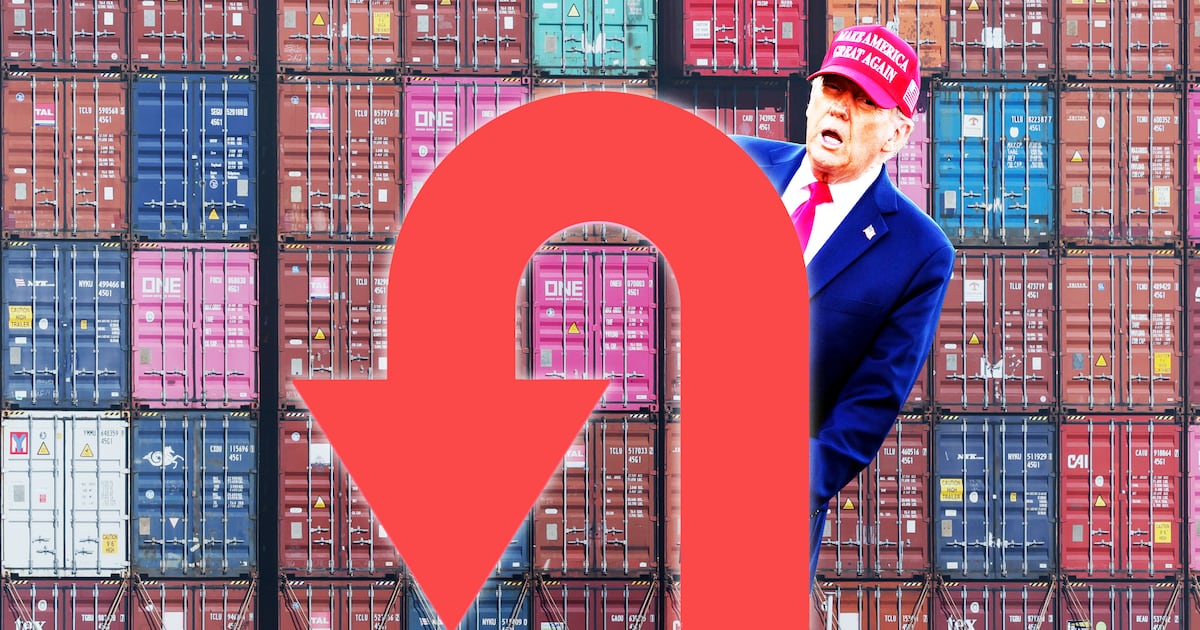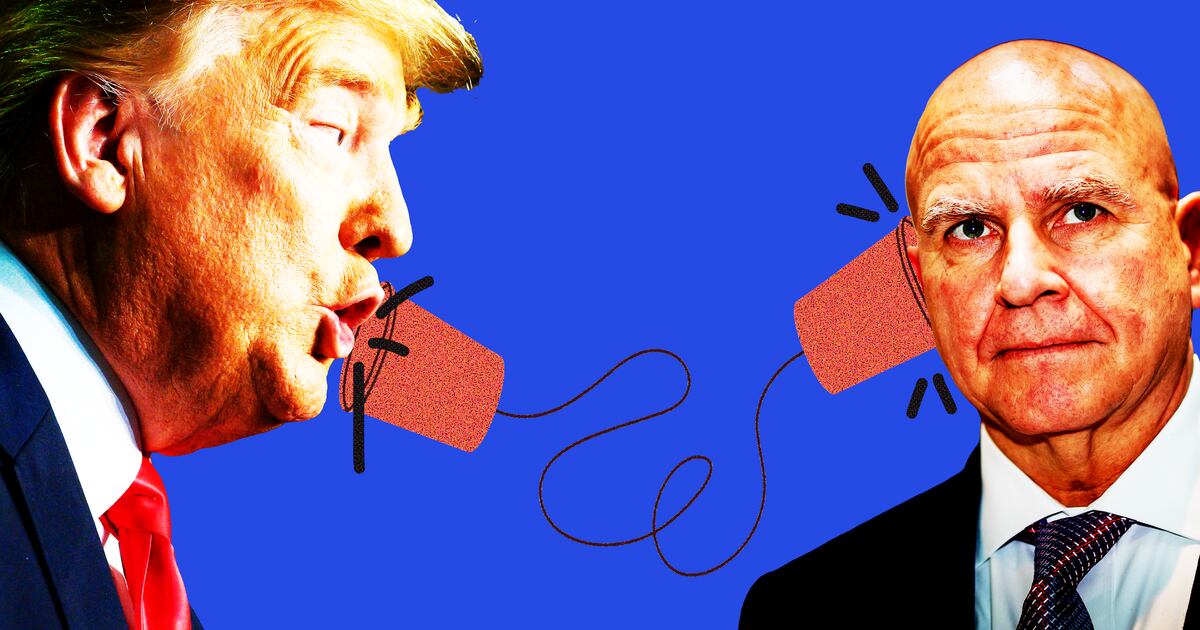HONG KONG—May 35 will soon be upon us.
That isn’t a typo. The date is (censored) code for June 4, when the Tiananmen Square protests of 1989 are commemorated. It’s a painful, complex episode in modern China’s history, one that has come to define the country’s trajectory in unanticipated ways.
That year, beginning in mid-April, Chinese citizens—mostly students, workers, and young people—gathered in Beijing’s Tiananmen Square and around 400 other cities across the country to send several messages to the Communist Party: terminate corruption within the government, give the press freedom, and implement democratic reforms. At its height, up to a million people assembled in Beijing.
They quickly learned that hunger strikes, the occupation of public space, and lofty ideals had no place in China under Communist rule. Martial law was declared on June 3. The subsequent crackdown was harsh and fast. There were widespread arrests. The Chinese government says about 1,000 civilians were killed, though estimates by other sources reach 10 times that figure.
Today, this marathon protest is one of the most sensitive topics in China.
No government likes to be reminded of its atrocities. Within the Great Firewall, terms that are placeholders for June 4—including “May 35” and the concatenated Roman numerals “VIIV”—are scrubbed from the web by Chinese censors. Anyone who invokes the massacre in public discussion can be punished, even jailed.
The murkily defined criminal charge of “picking quarrels and provoking trouble” is hurled at individuals who the Party’s cadres think crossed the line, like four men who were detained in 2016 after making liquor labels with wordplay pointing at June 4. (In Chinese the characters for “white liquor” are baijiu and for 89 “ba jiu.” In case anyone failed to understand, the label bore a stylized representation of the iconic lone figure facing oncoming tanks.) They were sentenced in April this year; three received suspended three-year prison sentences, while one is now incarcerated.
But the Tiananmen—and nationwide—protests of 1989 are in some ways a spiritual continuation of an event that took place a century ago, one that receives very different treatment by the Party’s historians today.
The May Fourth Movement of 1919 was spearheaded by students from more than a dozen universities. Thousands gathered in front of Tiananmen and, like those who would do the same 70 years later, called for change. Those who marched were responding to Japanese imperialism and traditions that spanned millennia. More importantly, they recognized that China was in a weakened state, and wanted to hold those in power accountable.
Though the students were easy for political leaders to ignore, they did spark broader discussion about democratic ideas and Marxist theory—a key point that the CCP latches on to in its official interpretation of the event’s role in priming the country for the Communists’ rise to power.
These two student uprisings both took place in a location of monumental importance—the square in front of ancient Tiananmen, “The Gate of Heavenly Peace”—both called for revisions in governance, yet one is endorsed by the state, while extreme efforts are channeled toward removing all mention of the other. How does a government nod in affirmation for one student rebellion, while squelching potential events of similar intent and format in the future?
The year 2019 holds several significant anniversaries for China. March marked 60 years since the Dalai Lama fled Lhasa to end up in exile in Dharamsala, India. The May Fourth Movement took place 100 years ago. Thirty years have passed since the crackdown in Tiananmen Square. And most importantly for the CCP, the People’s Republic of China will turn 70 on October 1.
In those seven decades, the Communist Party in China has undergone swinging transitions, from Mao’s devastating power grab and the destruction of culture, to reforms and global outreach in the 1980s and ’90s, to the solidification as a superpower under Xi Jinping.
China’s president has set a goal of Chinese global dominance by 2049, specifically singling out economics as the Party’s chosen pathway to geopolitical supremacy. That’s a tall order, but money talks, and the CCP has been scoring quiet, significant victories in the South China Sea, along its Belt and Road, on the moon, and in developing cutting-edge technologies. Even the Trump administration’s trade war has done little to blunt the CCP’s monetary knife edge, while Xi has branded himself a champion of globalization as Trump’s America turns inward and alienates allies.
As the CCP builds its empire across continents and oceans, the Chinese people are increasingly thinking about their place in the world. From Dhaka to Dakar, locals praise the incoming flood of Chinese capital and lament a Chinese takeover in the same breath. Chinese state-run media organs glorify the mega-projects that are backed by Chinese money, attempting to whip up nationalist sentiment at home. Yet many in China are able to see through the propaganda and recognize that at home, while the Party has the upper hand, there is nonetheless a battle being fought to define Chinese culture and identity.
Critics of those who called for reforms and new culture—whether in 1919 or 1989—often say that the youth were misguided, that Western influence has somehow lured them astray. But the idea that we can do and be better is hardly a distinctly American or European thought.
There is a culture—one that isn’t shaped by unelected authoritarian leaders—that can only be created within East Asia, one that is not an imitation of any political or philosophical school that originated from a land with different coasts.
Shortly after Mao Zedong’s death brought an end to the Cultural Revolution in 1976, there was a period of intense optimism in some parts of China. Even though the country’s education system and economy were in shambles, and some young people couldn't recall what life was like before Mao, books that had been stashed away—both Chinese and Western, classics and modern works—were circulated again. People translated texts as much as they could. Modern Chinese literature found a renewed readership. There was a revival of scholarship and creativity. At their core, many people really felt like they could have a say for the first time in a very, very long time, and maybe even make the country an exceptional place.
Call it a culture of moral authority with Chinese characteristics.
This is the crux that the Party and its apologists bury in rewritten histories. In doing so, the state erases an organic Chinese identity too—one that, as history tells us, has the ambition to steer the country in a direction that would benefit all people within the country’s borders.






